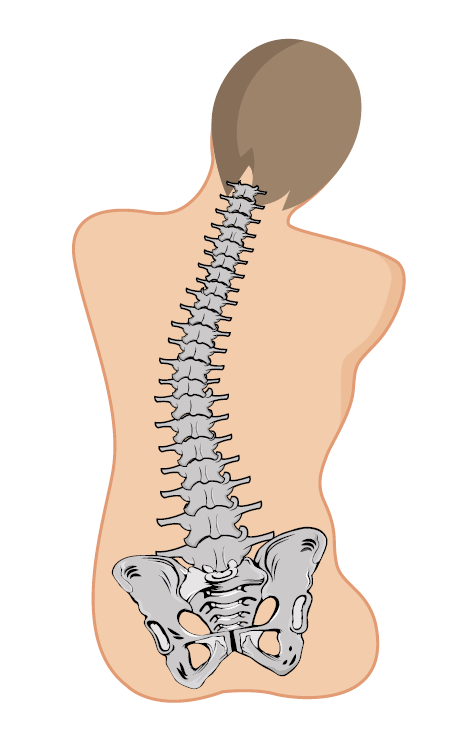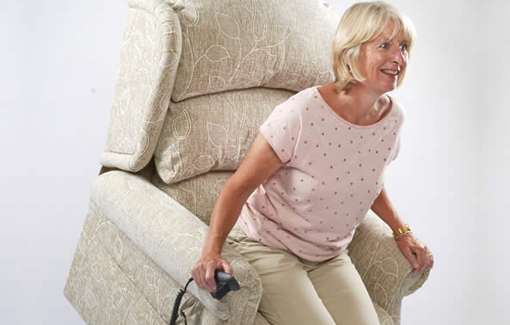Seating for bariatric or plus-sized people/patients is becoming more developed due to this increasing demographic of the population. 280 out of every 1000 adults are obese, and 33 of these are morbidly obese. Worldwide obesity has more than doubled since 1990, therefore it’s never been more important to match the right equipment to bariatric needs with effective assessments.
So what defines a bariatric patient? They are a larger person, regardless of age, who has limitations in health and social care due to their weight, physical size, body shape, width, health, and mobility.
This group of patients have unique needs when it comes to seating. They may need seating for different lengths of time, or have other medical needs that need to be accommodated. As a supplier of bariatric equipment for many years, we have become accustomed to these needs and how they should be evaluated to ensure the best seating plan.
Jump straight to...
Factors to Consider When Specifying Bariatric Seating
Body Metrics – Look for Adjustability!
Body shape is the arguably the most important factor to consider in plus-sized seating assessments.
‘Apple-shaped’ people tend to carry more weight around their abdomen and waist, whereas ‘pear-shaped’ have weight lower down around the hips and thighs. See the below diagram from Healthline:
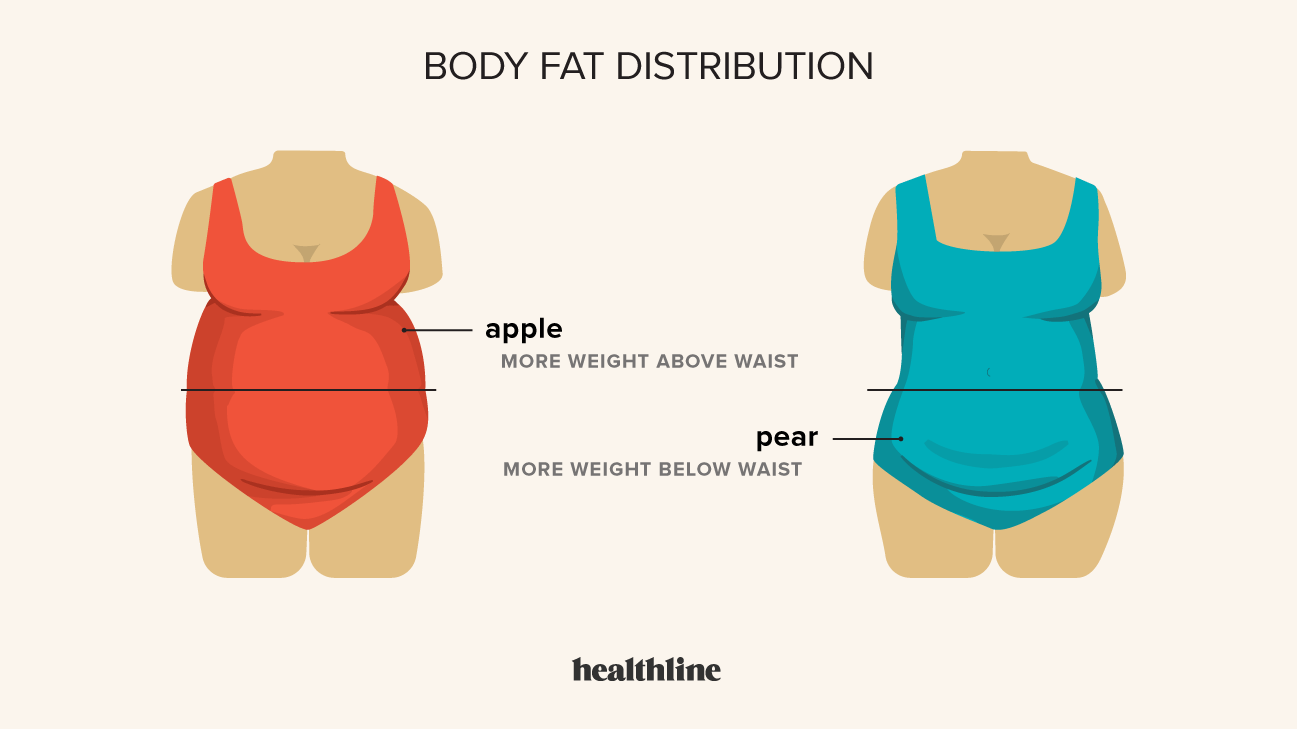
The patient’s height, weight and shape are the key metrics that need to be accurately measured so that seat dimensions are correct. If these are not recorded accurately or manufactured to the correct size, the wrong-sized chair can cause a lot of discomfort and complications for a bariatric patient. This is why we recommend looking for a highly adjustable care chair with positioning options, with at least seat width and depth adjustment, backrest height/recline, leg-rest articulation, and tilt-in-space movement.
Weight Capacity and Distribution
Bariatric patients are typically too heavy for standard seating options – specialist bariatric products should be looked for. In addition to this, regular seating products don’t tend to include considered pressure care features, which are so important for heavier users who are at higher risk of developing pressure ulcers.
The weight capacity of a chair is a key determinant in specifying bariatric seating. The frame of your chosen product should be solid, almost over-engineered, to ensure maximum durability, safety and strength. Always check the weight limit of your chair, to make sure that the users are below the limit – and be mindful of changing needs! If one particular user is continuing to put on weight, make sure the weight limit of the chair is significantly higher than the current weight of the patient.
The weight limit of the footrest is also a key factor, as the legs are usually 15% of a person’s overall body weight. The weight of the legs plus a heavy overhanging pannus (large mass of tissue extending from the abdomen) can place considerable pressure on the footrest, so it needs to be strong enough to withstand this.
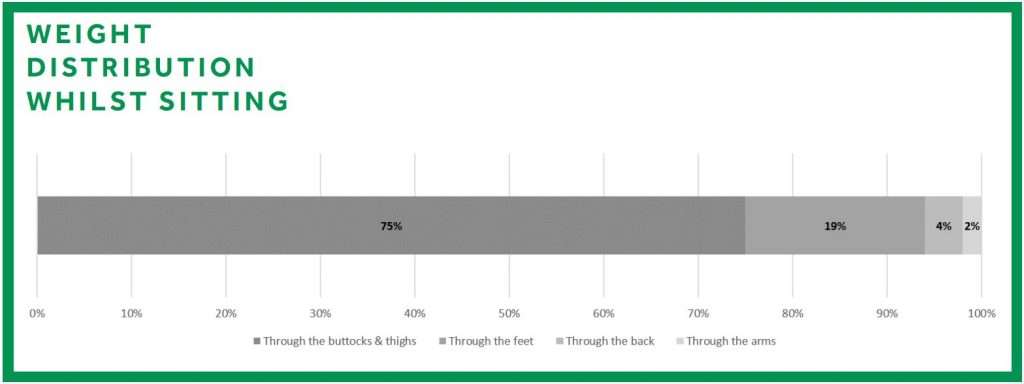
Finally, attention must be given to how the patients weight is distributed across the chair – make sure all contact points are evenly supportive, with no chair sections or cushion corners “digging in” to the user’s body. The patient’s natural lean will also need to be taken into account. By ensuring even distribution of weight, you are minimising the load on pressure points and therefore potential discomfort, also reducing the risk of pressure ulcers.
Comfort and Pressure Care
Many bariatric patients spend extended periods of time sitting in their chair due to mobility challenges or medical conditions. This means that any seating solutions being specified for them must provide ample cushioning and support to ensure they are comfortable. It also means that each individual patient’s pressure points must be carefully assessed, to minimise risk of ulcers developing due to skin rubbing against the cushions of the chair. You can do this with the help of an Occupational Therapist.
Look for chairs with soft and comfortable fabrics, such as the four way stretch Dartex material which was specifically designed for the NHS. It is soft and supple, yet durable and will maintain its integrity for many years.
In-built pressure care is also something to look for, depending on the level of risk the user faces (bariatric patients tend to be at medium to high risk of developing pressure ulcers). Some chairs, such as the Lento Bariatric Chair, come with gel cushions as standard – this is perfect for most bariatric patients. For people at very high risk, you can also look at cushions with alternating air systems.
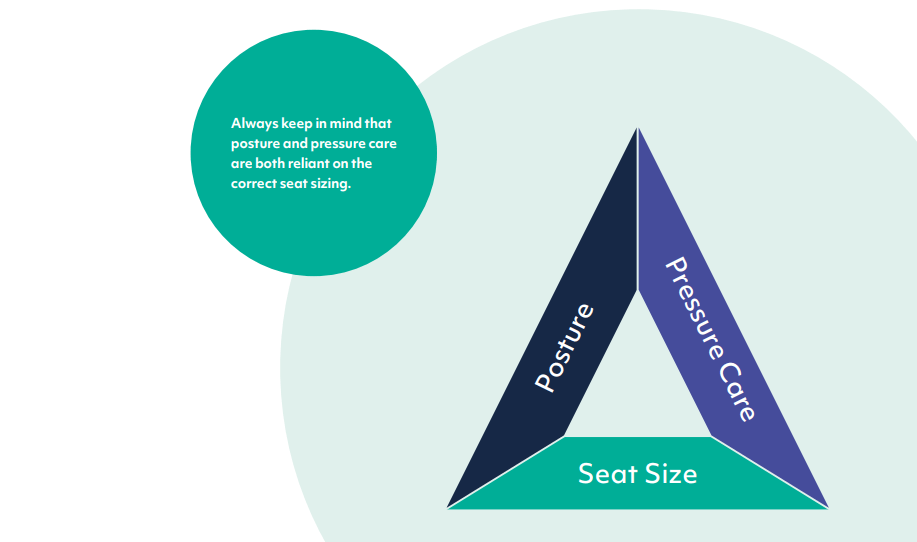
Whole Body Support
Body dimensions in bariatric patients vary greatly, as covered in the apple/pear body types above – choose a modular seating solution with cushion and backrest accessories, so that you can customise the chair to suit the users needs. Spend time with an Occupational Therapist trialling different options, until you find a configuration that is fully supportive.
Some of the more common distinctions of obese and plus-size patients include a pannus (large mass of tissue extending from the abdomen), a build-up of fluid around the legs and ankles, and a large gluteal shelf (protruding posterior). Extra features can be added to seating to accommodate these needs, such as a sling to support the pannus, and reinforced leg rests. The shape of the backrest and seat can be designed to accommodate the gluteal shelf.
Risk Assessments
The importance of risk assessments should not be underestimated; specifying bariatric seating should begin and end with a risk assessment. These help identify health risks to the patient and those caring for them, and a personal evacuation plan in the event of an emergency. These risks will need to be controlled and managed, which the choice of seating will play a large part in.

In formulating a risk assessment, there is the patient’s level of mobility to consider. Do they have low mobility and need assistance transferring to a bed or commode? Do they have pressure injuries or moisture lesions that need regular treatment or high-pressure relief material?
If they live with a partner or spouse, they should be able to get assistance more frequently with hoisting or other activities than if they are living alone, which a risk assessment should help determine and see what level of support they require.
Patient Goals
Bariatric patients will have short to long-term personal goals, which they may have worked on with a nutritionist or personal carer. These could involve weight loss, surgery, physical and mental health goals. An occupational therapist will need to take these goals into account when carrying out a seating assessment.
Changing Needs
A person’s weight and shape can change over time, as can their personal objectives and lifestyle needs. These are important factors to consider when looking at the type of seating used, and whether the chair has sufficient adjustability to accommodate these changing needs over time.
The shape and distribution of an obese person’s weight can vary, so it is important to have enough flexibility built into the chair to accommodate this.
Weight fluctuations will vary depending on the patient’s level of exercise and personal mobility, as well as diet and nutrition. Large changes in weight loss and gain will directly impact size and the internal seat dimensions, therefore building adjustability into the chair is key, which is where the Lento chair range comes into its own.
Patient Mobility and Function
The patient’s level of mobility will influence how long they spend in the chair, how well they can move into a standing position, and whether they need assistance to transfer or carry out daily tasks. Higher-spec bariatric chairs have built-in features to help low mobility patients, and compatibility with stand-aids such as the Sara Stedy can be very handy.
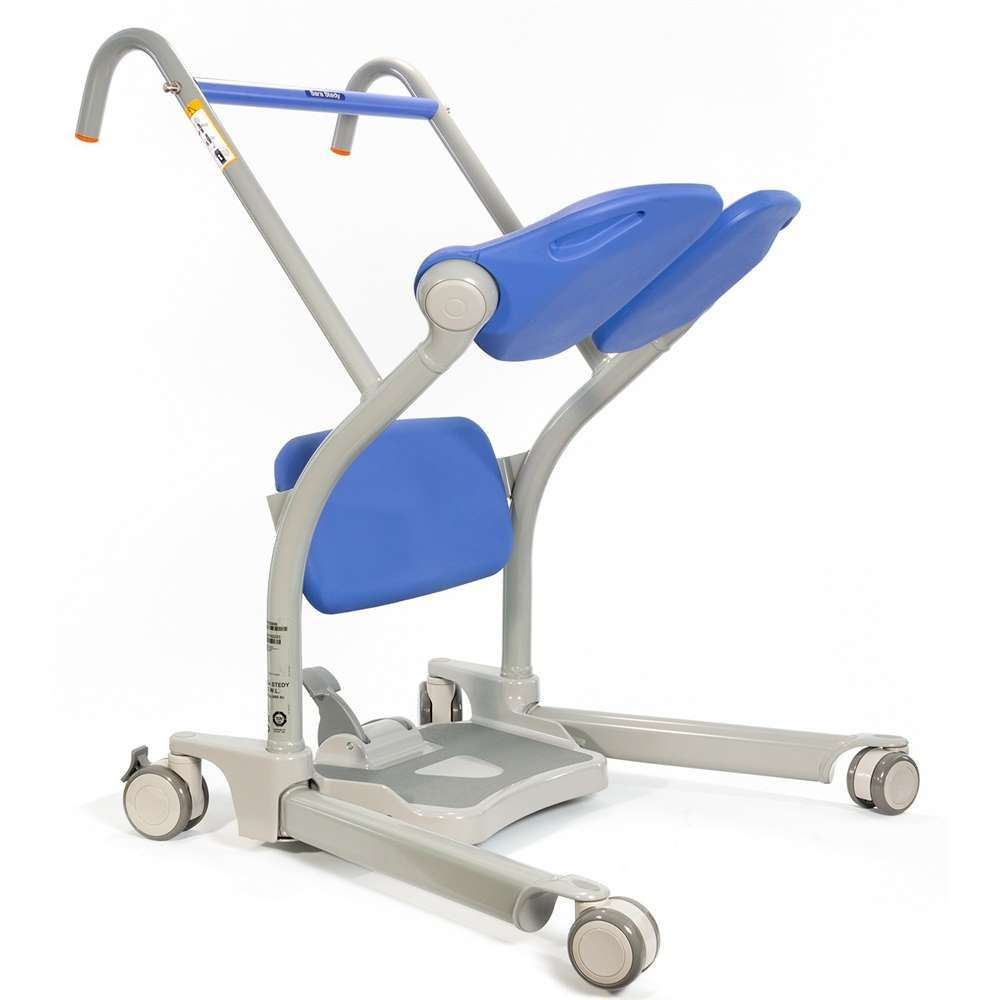
Moving and handling needs will generally be greater the more limited mobility someone has. Carers may need to assist with washing, dressing and personal care, all requiring the correct moving and handling techniques – ensure your chair enables these procedures to be easily carried out.
If the patient is undergoing an exercise or rehabilitation program, the sit-to-stand function is key to help them in and out of the chair more regularly as they increase in mobility and rehabilitate. The backrest can be swapped from a more supportive lateral backrest to a standard waterfall or soft back.
Seating and Accessories to Accommodate the Needs of Bariatric Patients
Lento Bariatric Riser Recliner
The Lento Bariatric chair is a highly adjustable, extremely strong and modular rise recliner that can seat people up to 50 stone in weight, and can be controlled with an easy to use remote. It is ideal for use in community care facilities, care homes, hospices, hospitals, and private residences.
Adjustable to Account for Weight Fluctuations
The Lento Bariatric Riser Recliner has simple adjustment mechanisms, providing extra seat width (28-32”), depth (extra 6”), and height (vertical rise function).
The standard Lento Bariatric riser recliner has a 50 stone weight limit with a very strong steel frame. We also piloted a 40-stone version for Derby Community Trust (the Lento Mediatric Riser Recliner) which fitted a wide distribution of bariatric patients within their Trust and was a resounding success. Both versions are currently available within our chair range.
Improves Mobility
The Lento Bariatric is compatible with the Sara Stedy standaid, and has a graded vertical rise which can be adjusted to lift the patient out of the chair in a way that is most comfortable for them. This flexibility has been built into the Lento Bariatric to provide extra support for higher mobility needs.
The removable arms and adjustable arm height on the Lento Bariatric allow easier access to the patient for moving & handling too.
Finally, the weight tested braked castors mean that carers can easily move patients around a multi-user healthcare environment if needed.
Considered Pressure Relief

The Lento Bariatric chair comes with a gel seat wrap covering the seat and leg rest sections, the area that takes the most weight in an upright sitting position. The tilt-in-space function then also helps spread the weight more evenly, and the articulating leg rest and independent backrest recline help adjust the patient’s position to avoid the build-up of pressure in any particular area.
A Modular Solution
The beauty of the Lento Bariatric Chair is its versatility, in the way that sections of the chair are modular and can be swapped out for different versions.
Enquire About This Chair
Lento Bariatric Care Chair
We’ve recently launched the new Lento Bariatric Care Chair, a fully adjustable, modular, and clinically supportive care chair for plus-size patients.
Based on the Lento Care Chair’s design, our new Bariatric Care Chair has been engineered for bariatric patients, providing them with the same levels of comfort, postural support, adjustment, and pressure care as the original care chair. The wider seat (up to 28 inches) and weight capacity of 45 stone accommodates larger body shapes and complex needs.
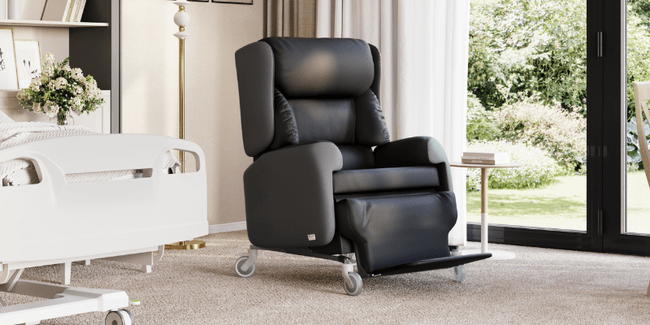
Lento Bariatric Care Chair riser recliner tilt in space chair
Key Features of the Lento Bariatric Care Chair
- Up to 45 stone weight capacity
- Highly adjustable seat width, depth, and height
- Gel seat wrap for enhanced pressure care
- Tilt-in-space functionality for posture and comfort
- Modular design for easy customisation
- Compatible with stand-aids like the Sara Stedy
- Weight-tested braked castors for ease of movement
The Lento Bariatric Care Chair combines strength with clinical support, making it ideal for hospitals, hospices, and home care.
Download our Bariatric Ebook
Seating Standardisation
The aim of seating standardisation is to accommodate a wider range of patients within a smaller range of chairs. With the many changing needs of bariatric patients, this is a concept that bariatric and moving & handling advisers are very enthusiastic about.
The growing need to optimise bariatric patient care was highlighted in an article in Nursing Times, where various care practitioners discussed the importance of seating standardisation in bariatric care.
Rob Harris, lead back adviser at Oxford UHFT, reported “We’re looking at standardising a lot of our equipment. What we’ve found in a lot of places is that a variety of suppliers are putting their products on trial. With slide sheets, for example, there’s [many types] out there. We’re looking at standardising it across the whole trust, which is a cost saving and ultimately improves patient care.”
Similarly, Claire Mowbray explained the incentive to standardise plus-sized equipment as much as possible. “We have high agency, high use of temporary staff. So in order for the training to be easier, the equipment needs to be similar across the different wards.”
Derbyshire Community Health Service experienced the overwhelming benefits of a standardised seating package, reporting the following outcomes:
“Staff have access to appropriate chair for patient as soon as they arrive on the ward”
“Easy to tailor the chair to the patients’ individual needs”
“Very high pressure relief in seat and leg rest reduces the risk of skin damage”
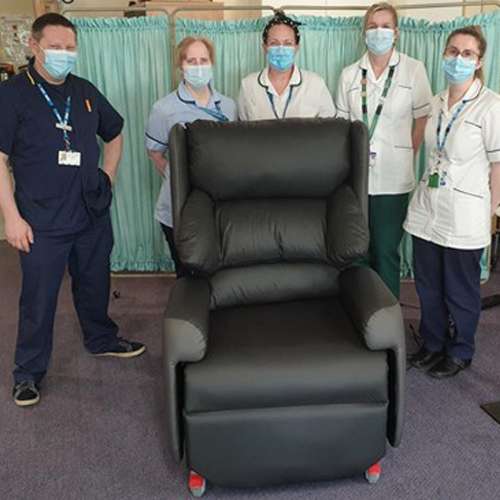
Occupational Therapy
Having a qualified occupational therapist assessing the individual needs of each bariatric patient is a real advantage in helping them overcome obstacles to their quality of life and cover all their daily needs. Occupational Therapy (OT) Services are provided by local authorities and work in the community or care environments, and private occupational therapists are also available who work on a self-employed basis. We work with many OTs and therapists who support bariatric patients on a day-to-day basis.
FAQs
Is postural support for bariatric patients important?
Postural support is a crucial consideration when looking for bariatric seating solutions – the larger body size of bariatric people makes them at higher risk of musculoskeletal strain and discomfort when sitting in a chair for a long period of time. Taking the time to find and try different postural solutions and cushion configurations on your new chair will not only ensure spinal alignment, and therefore longer term comfort and support, but it will also help to distribute the patients weight more evenly. This will reduce the likelihood of pressure ulcers developing.
Is pressure care important in seating for bariatric patients?
Bariatric patients are considered to be ‘high risk’ when it comes to the development of pressure ulcers, due to their larger body size and weight. Bariatric people also tend to stay in a sitting position for longer periods of time, which adds to that risk. For these reasons, pressure care is vital when looking for bariatric seating solutions – look for a chair that has soft and supple materials, in-built gel or alternating air cushions, and tilt-in-space movement.
Which seating materials would you recommended for Bariatric patients?
Bariatric people are often in a sitting position for extended periods of time, which in combination with their larger body size and weight puts them at high risk of pressure ulcers developing. Choosing soft and supple materials on the seat and cushions of your chair, such as the four-way stretch Dartex fabric, will work with your other pressure care strategies to reduce likelihood of any pressure wounds. You should also take into account cleaning, and look for a material that can be easily wiped down with a sponge and/or cloth. Finally, it is always nice to have material colour options – you can browse colour options here: Materials & Colours – Vivid Care
Can a chair help with mobility issues in bariatric patients?
There are many specialist seating features out there which can help bariatric people to be more mobile. We would always recommend looking for a chair that has a sit-to-stand functionality, to make getting in and out of the sitting position easier and safer. Making sure it is stand-aid compatible, such as with the Sara Stedy, can also be a lifesaver when it comes to moving to and from the chair.
How often should a chair be adjusted for a bariatric person?
The size, weight, and care needs of bariatric patients are ever changing – that is why you should regularly re-assess each patient to make sure that their chair is still catering to all postural, pressure care, mobility, and comfort needs. You can then adjust the cushioning and dimensions to suit any physical changes in the person sitting in the chair. This is likely to be different for each patient, so you should always work with an Occupational Therapist or other Healthcare Professional to carry out regular and thorough assessments, as they have the training needed to properly advise you as to changing needs.
What funding options are available for purchasing specialist seating for bariatric people?
There are various funding options available to bariatric people, including insurance coverage, government assistance programs, and grants from charitable organisations. Occupational therapists and healthcare providers can assist you in finding the best funding stream for you.
We have got a charities list you can also explore: Vivid.Care Charities Database – Vivid Care

Summary
When choosing specialist seating for bariatric patients, the seating provider or carer should not only take into account the contributing factors at that point in time, but also how their needs may change in the future. Doing this will future-proof the choice of seating and help increase the patient’s independence. Bariatric seating has become a more focused area of seating and offers the flexibility needed to accommodate changing needs over time.
We work closely with bariatric advisers to develop and improve our seating. Speak to one of our advisers about bariatric seating to find out more.
Arrange an assessment
Watch Our Webinar
Watch a recording of our webinar titled “Mastering Seating Assessments for Plus Size Individuals”.
This was a free webinar providing training and support for occupational therapists, physiotherapists, and other healthcare professionals working with plus size people or bariatric patients.







